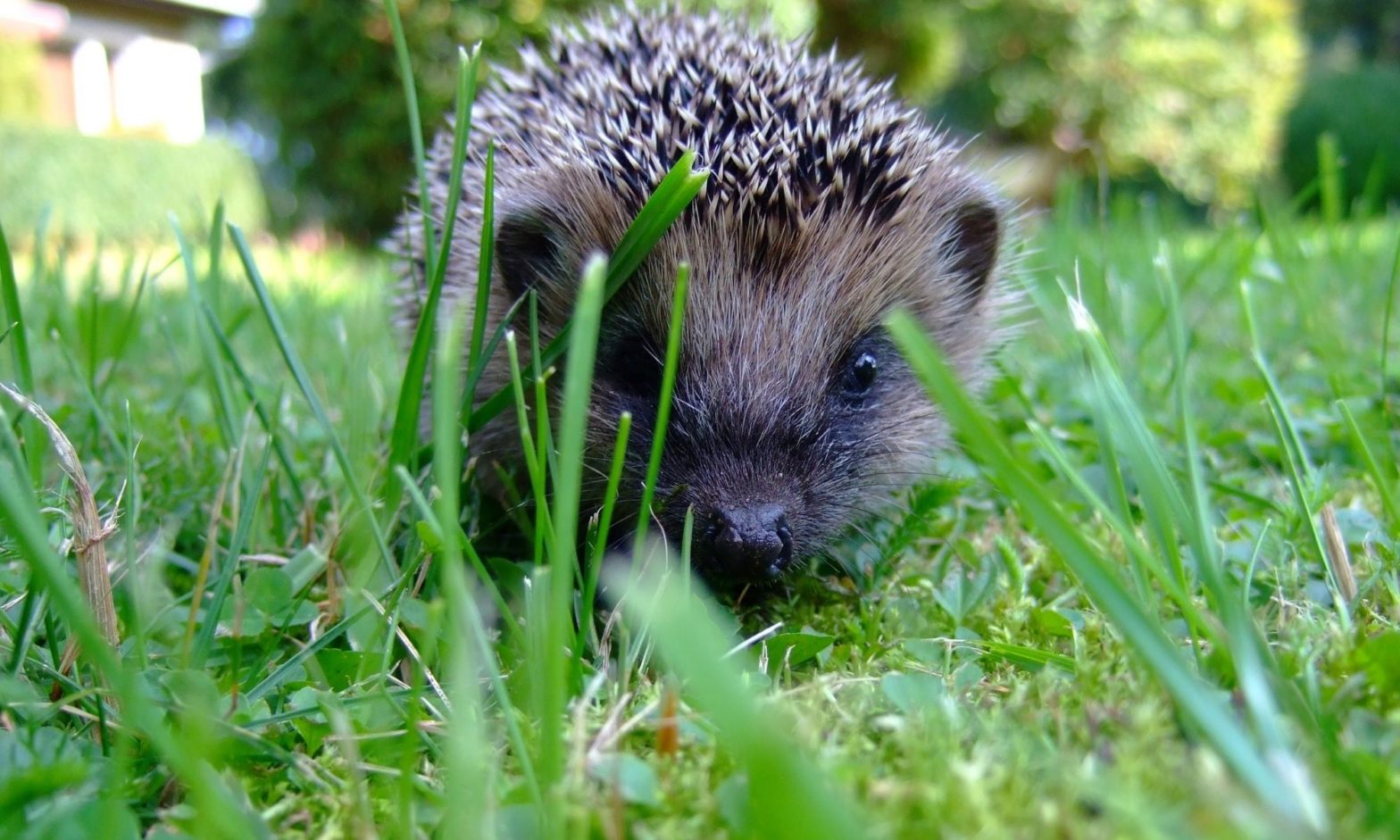Obviously, the greatest threat to our native plants and animals in New Zealand are introduced pests such as
- stoats (Mustela erminea),
- possums (Trichsurus vulpecula),
- rats (Rattus spp.),
- mice (Mus musculus) and
- HEDGEHOGS (Erinaceus europaeus occidentalis), alongside
- feral cats (Felis catus) and
- unruly dogs (Canis lupus familiaris).
In 2016, our government announced Predator Free 2050, an ambitious scheme to eradicate possums, rats and stoats by 2050. This will require immense effort on many fronts, using novel techniques alongside old but effective ones, and the involvement of many, many people on the ground in terms of checking and resetting traps, replacing baits, inventing more effective systems, donating money – the list goes on.
Pests are not only an issue in remnant, regenerating and natural habitats. They are present in urban areas and on private property too, where the Department of Conservation (DoC) spend less funding. BUT: human population density is higher here.
If everyone were to have at least one possum trap set, one rat bait station and one mouse trap set on their property, and regularly checked, we would already come a long way.
These areas are abundant in food scraps and warm, dry areas so are ideal for rats and mice in particular. Imagine the ground we could cover if we all had one of each!
There are various types of traps and baits of varying effect. Timm’s traps have become an icon for possum trapping, and can be found at your local hardware store. We effectively bait them using cut apple rubbed with cinnamon. The traditional mouse trap is also very effective, baited with peanut butter or cheese melted with a lighter to release the more pungent smell.
The team at Connovation work on research and development of pest control technologies, and stock all the basic hardware required to start out. They have recently released a new bait called Double Tap, which is effective against possums and rats, with a faster kill-time and low risk of secondary poisoning. Connovation have just started distributing the Flipping Timmy possum trap (a modified Timms trap) designed to easily mount and set horizontally on trees.
Goodnature have designed self-resetting automatic traps for possums, rats and mice that are powered by a replaceable gas canister. When triggered, a pin humanely kills the pest instantly without the use of poisons. The pest will fall free from the trap and attract scavengers, and return nutrients to the soil beneath as it decomposes.
Some pubs and other organisations have in the past supported pest control in the form of ‘free beer’ rewards per however many possum/rat tails brought in, or providing funding to local projects when purchasing certain products. Tourist attractions such as Rotorua Canopy Tours fund their own pest control projects through their income from sending people down zip lines through the forest. Such innovative reward systems will be crucial to getting more people involved and in raising awareness of how dire our situation is.
There is a light at the end of the tunnel, and it will only continue to grow brighter as we continue to bait and trap, continue to share knowledge, continue to motivate each other. Working with our neighbours is key to achieving Predator Free 2050.

Are you able to loan us a stoat trap?
Hi Pip, it makes more sense to get one permanently as you’ll use it in future.
They’re not expensive and Friends of Te Wairoa might supply one.
The least expensive option is this one:
https://www.traps.co.nz/modified-victor-stoat-and-rat-trap
inside one of these:
https://www.traps.co.nz/pcr-kill-trap-tunnel-for-stoats-weasels-and-rats or a wooden box set up.
Alternatively a DOC200 in a box:
https://www.traps.co.nz/doc-200-stoat-rat-and-hedgehog-trap-zinc-coated
There is some great advice in the new DOC trapping guide:
https://www.doc.govt.nz/globalassets/documents/conservation/threats-and-impacts/pf2050/pf2050-trapping-guide.pdf